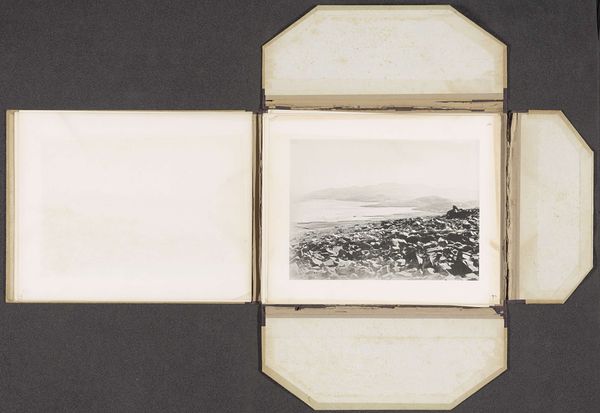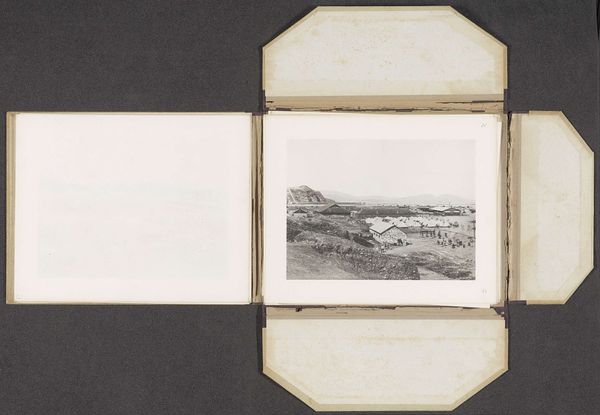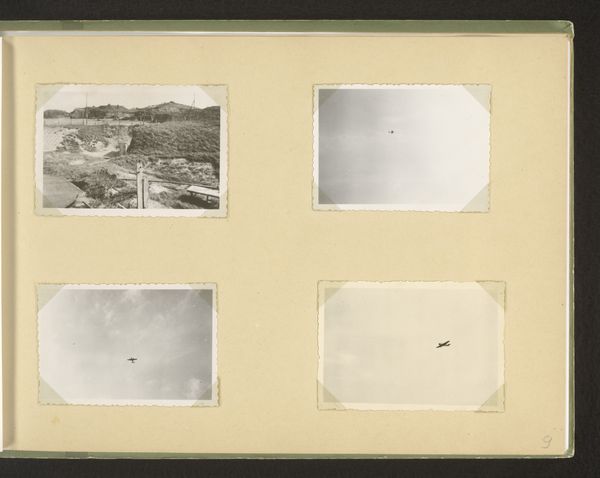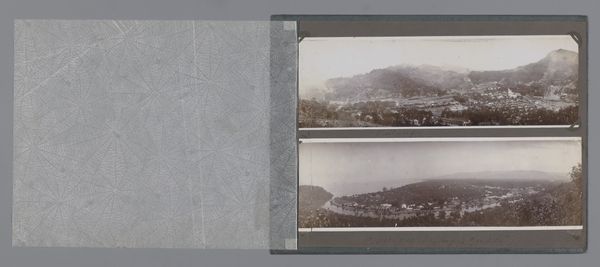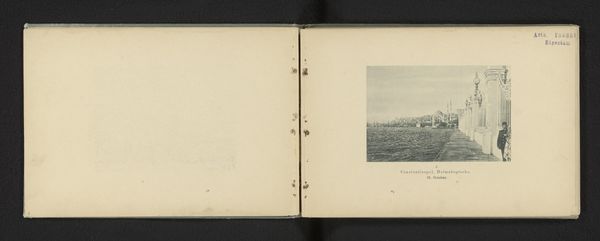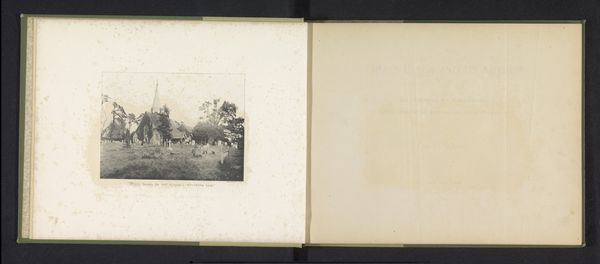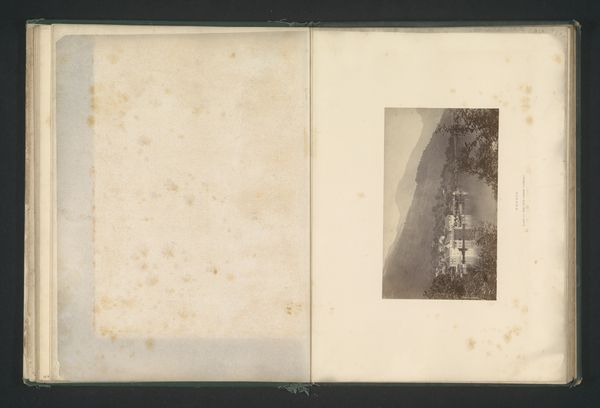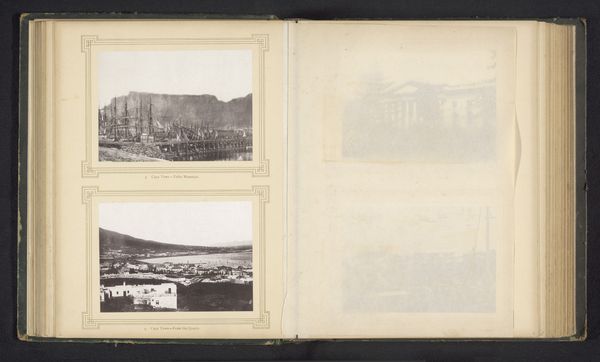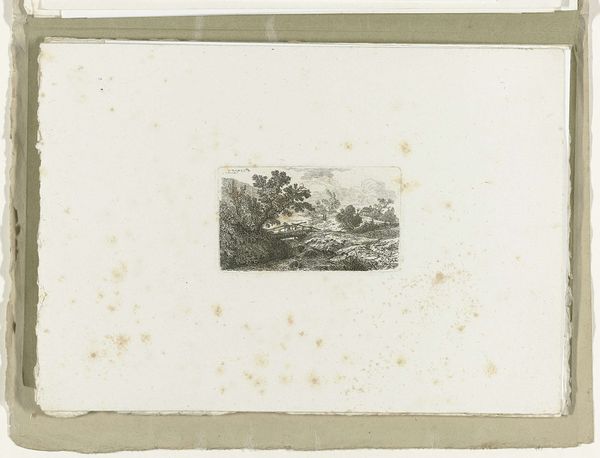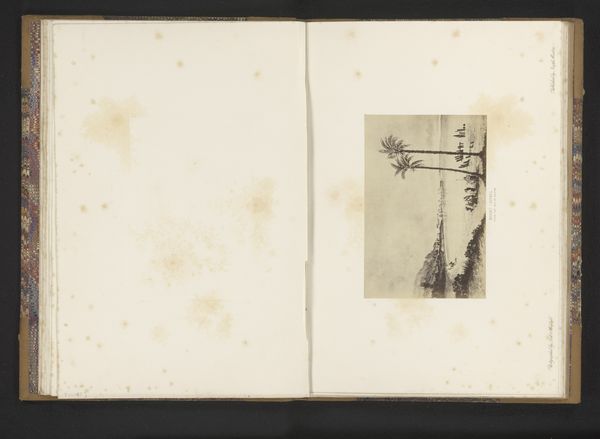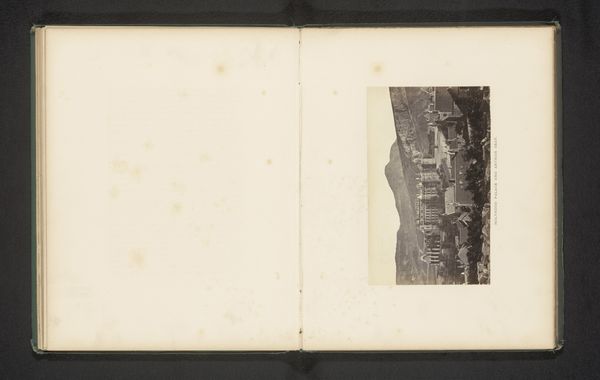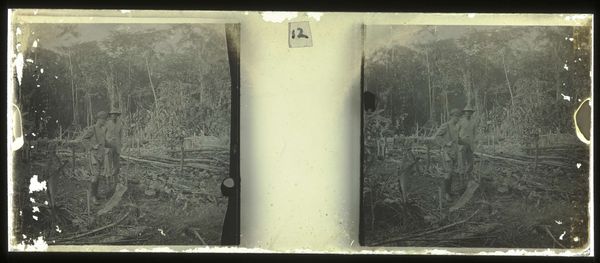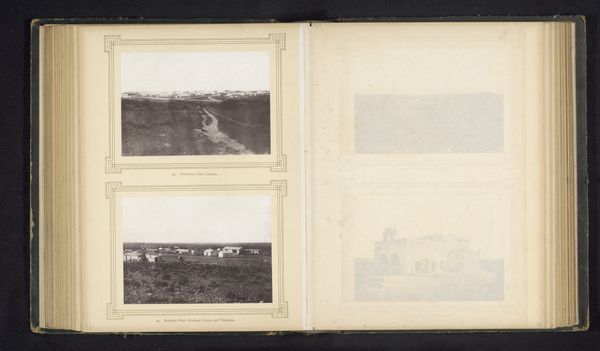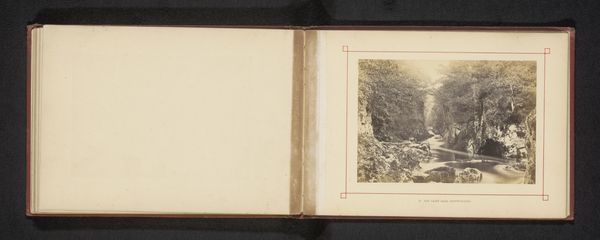
print, photography, albumen-print
# print
#
asian-art
#
landscape
#
photography
#
cityscape
#
albumen-print
#
building
Dimensions: height 150 mm, width 203 mm
Copyright: Rijks Museum: Open Domain
Editor: This albumen print, "Gezicht op Port Arthur," by A.N. Ljupova, dates from 1898-1899. It's part of an album. I'm immediately struck by how it captures the density of the cityscape against the backdrop of the hills. What historical insights does this image offer you? Curator: This photograph is a powerful artifact. Given the timing, right before the turn of the century, it provides a glimpse into Port Arthur on the cusp of intense geopolitical conflict, specifically the Russo-Japanese War. Consider the album itself; it acts as a curated view of a place about to be dramatically transformed. Who was the intended audience, and what narrative was the photographer, likely commissioned, aiming to convey about Russian power in Asia? Editor: So the album format adds another layer, suggesting a propagandistic purpose, or perhaps a personal record for someone in power? Curator: Exactly! It pushes us to question the motivations behind creating and circulating such images. Look closely at the buildings; are they predominantly European or Asian in style? The blend, or lack thereof, would speak volumes about the social hierarchies and power dynamics at play in this strategically vital port. The photography itself, as a then-modern technology, contributes to this image of progress and influence. What impact would it have on popular perceptions of Russian expansion in Asia at the time? Editor: That's fascinating. I hadn’t considered how much the very act of photographing, of compiling this view, contributes to the story being told about Port Arthur. The rooftops, from my untrained perspective, show Asian design elements in architecture, if this could give you any more context. Curator: Precisely. Further research into similar photographic albums from this era might reveal common strategies for constructing colonial narratives through imagery. Thinking about the viewers - did they internalize this "progress" and superiority of western nations over other Asian countries? This has real consequences for how people build and understand power. Editor: It’s amazing how a single photograph in an album can open up so many questions about history, power, and perception. I’ll definitely approach photographs in museums differently now. Curator: I'm glad this gave you a different lens to analyze an image - I encourage you to reflect on these issues beyond museums, in everyday contexts.
Comments
No comments
Be the first to comment and join the conversation on the ultimate creative platform.
